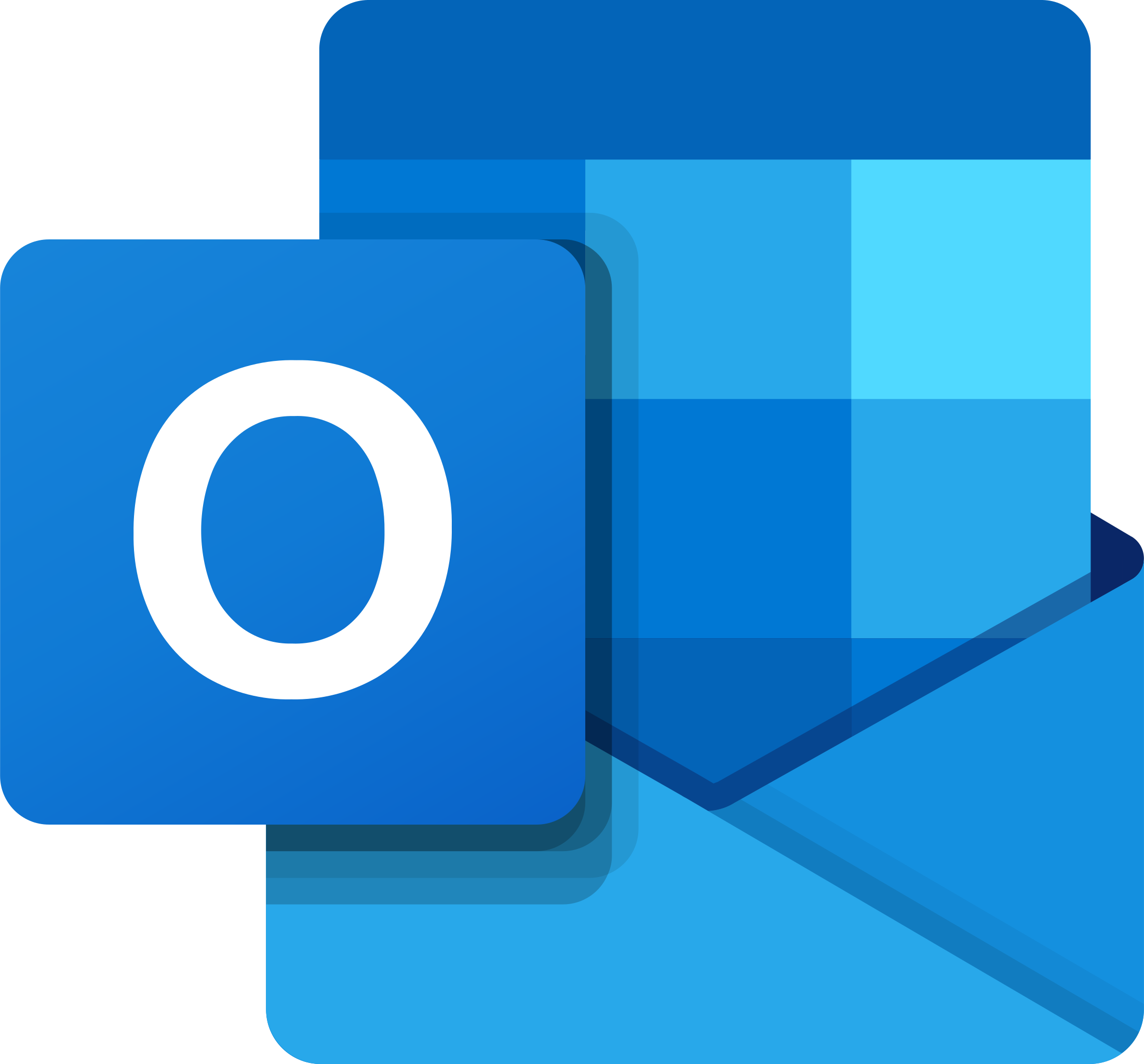How to Fix the File or Directory is Corrupted and Unreadable
Are you experiencing the error message “File or Directory is Corrupted and Unreadable”? Here’s how to fix it.
Symptoms of Corruption and Unreadability
If you encounter any of these symptoms, it is important to take action promptly to avoid further data loss or damage.
One possible solution is to use a reliable data recovery tool such as Macrium Reflect or EaseUS Partition Master to attempt to recover the corrupted file or directory. Another option is to use the command-line interface to repair the file system or perform a disk check to fix any errors on the drive.
If these methods are unsuccessful, it may be necessary to seek professional help or consult online resources for more advanced troubleshooting steps.
Common Causes of Corruption
To fix this issue, you can try the following:
First, try running a disk check on the drive that is giving you the error. Open a command prompt and type “chkdsk /f X:” (replace X with the drive letter of the affected drive) to scan and repair any file system errors.
If the issue persists, you can also try using a data recovery tool like EaseUS Partition Master to recover any lost or corrupted files from the drive.
Additionally, you may want to consider backing up your important data and reformatting the drive to fix any underlying file system issues that could be causing the corruption.
Quick Fixes for Corrupted or Unreadable Files
- Run Chkdsk Utility:
- Open Command Prompt as an administrator
- Type chkdsk /f and press Enter
- Wait for the process to complete and restart your computer
- Use System File Checker:
- Open Command Prompt as an administrator
- Type sfc /scannow and press Enter
- Wait for the process to complete and restart your computer
- Check Disk Management:
- Right-click on My Computer and select Manage
- Click on Disk Management
- Locate the corrupted drive, right-click on it, and select Properties
- Go to the Tools tab and click on Check
Check Disk for Errors with Tools
To check for disk errors, you can use the built-in Windows tool called Check Disk. This tool can help identify and fix any file system errors that may be causing the “File or Directory is Corrupted and Unreadable” message.
1. Open a Command Prompt window by typing “cmd” in the Windows search bar and selecting “Run as administrator.”
2. In the Command Prompt window, type “chkdsk /f X:” (replace X with the drive letter of the disk you want to check) and press Enter.
3. If the drive you want to check is currently in use, you will be prompted to schedule a disk check for the next time you restart your computer. Type “Y” and press Enter.
Scan for Malware to Prevent Damage
To prevent further damage from a corrupted file or directory, scan for malware on your computer. Malware can exacerbate existing issues and lead to further data corruption. Use a reliable anti-virus program to perform a thorough scan of your system.
After scanning for malware, check for bad sectors on your hard drive. Bad sectors can cause data corruption and lead to unreadable files or directories. Use the built-in Windows tool CHKDSK to scan and repair any bad sectors on your hard drive.
If the issue persists, consider using a data recovery tool to retrieve any lost or corrupted files. Tools like Macrium Reflect or Recuva can help recover data from damaged drives.
Remember to back up your important files regularly to prevent data loss in the future. Regular backups can help you recover your data in case of file corruption or other issues.
Use CHKDSK in Command Prompt
First, open Command Prompt by searching for it in the Windows search bar and selecting “Run as administrator.”
Next, type the following command and press Enter: chkdsk /f X: (Replace “X” with the drive letter of the affected drive)
CHKDSK will begin scanning the drive for errors and automatically fix any issues it finds. This process may take some time depending on the size of the drive and the extent of the corruption.
Once CHKDSK has completed the scan and repaired any errors, you can close Command Prompt and check if the issue has been resolved.
If the problem persists, you may need to consider other troubleshooting steps or seek professional help to recover the data on the drive.
Using CHKDSK in Command Prompt is a simple and effective way to fix file or directory corruption issues on your Windows computer.
Addressing Memory Issues
To address memory issues related to a corrupted file or directory, the first step is to check for bad sectors on the drive. This can be done by running a disk check utility to identify and potentially repair any damaged sectors.
If the issue persists, it may be necessary to reassign the drive letter to the affected storage device. This can be done through the Disk Management tool in Windows operating systems.
Repairing the Master Boot Record (MBR) or the File Allocation Table (FAT) could also resolve the corrupted file or directory error. Using command-line tools like CHKDSK or DISM can help in fixing these issues.
In some cases, the problem may be related to metadata corruption within the file system. Running a system file checker scan can help detect and repair any corrupted metadata.
If all else fails, creating a raw image backup of the affected drive can help preserve the data before attempting any further repairs. It is always recommended to backup important files regularly to prevent data loss in case of such issues.
Performing a Startup Repair
To perform a Startup Repair for a file or directory that is corrupted and unreadable, you can follow these steps:
1. Boot your computer from a Windows installation media such as a USB flash drive or CD.
2. Select your language and keyboard layout preferences, then click “Repair your computer.”
3. Choose the operating system you want to repair, then click on “Startup Repair.”
After the repair process is complete, restart your computer to see if the issue has been resolved. If the problem persists, you may need to consider other solutions such as checking for bad sectors on your hard drive or repairing the Master Boot Record.
Formatting Drives Correctly
To fix the “File or Directory is Corrupted and Unreadable” error, one possible solution is to format the drive correctly. This can help resolve any issues with the file system that may be causing the error message to appear.
First, open File Explorer and locate the drive that is showing the error message. Right-click on the drive and select “Format.”
Choose the file system that you want to use for the drive, such as NTFS, and then click “Start” to begin the formatting process.
It’s important to note that formatting the drive will erase all data on it, so make sure to back up any important files before proceeding.
If the drive is a USB flash drive or SD card, you can also try using the built-in Windows utilities like Disk Management or Diskpart to format the drive.
After formatting the drive, you should be able to use it without encountering the “File or Directory is Corrupted and Unreadable” error.
Recovering Data Before Formatting
To recover data before formatting due to the “File or Directory is Corrupted and Unreadable” error, first, you can try using the Command Prompt.
Open Command Prompt as an administrator by searching for “cmd” in the Start menu, right-clicking on Command Prompt, and selecting “Run as administrator.”
Once Command Prompt is open, use the following command: chkdsk /f X: (replace X with the drive letter of the corrupted drive). This will scan and attempt to fix any file system errors on the drive.
If the Command Prompt method does not work, you can also try using data recovery software such as Recuva or EaseUS Data Recovery Wizard to retrieve your files before formatting the drive.
Protecting USB Drives from Corruption
![]()
To protect your USB drive from corruption, it is essential to take certain precautions. One way to prevent corruption is by safely ejecting the USB drive from your computer after use. This ensures that all files are closed properly before removing the drive. Another important step is to regularly scan your USB drive for any errors or bad sectors using the built-in Windows tool.
Additionally, it is recommended to format your USB drive using the NTFS file system, which is more reliable and less prone to corruption compared to FAT or exFAT. Ensure that your USB drive is assigned a drive letter that is not already in use by another device or partition on your computer.
Regularly backing up the data on your USB drive is also crucial in case of corruption.
FAQs
How do you fix the file directory is corrupted and unreadable?
To fix the “file directory is corrupted and unreadable” issue, you can use the Command Prompt. Search for Command Prompt in the Start menu, run it as an administrator, then type chkdsk x: /f /r and press Enter (replace x with your drive letter). Windows will scan for errors, bad sectors, and recover data if needed.
How to fix steam the file or directory is corrupted and unreadable?
To fix the issue of “the file or directory is corrupted and unreadable” in Steam, you can try running Steam as Administrator, repairing the folder in Steam, renaming the Steamapps’ subfolder, clearing the download cache, relocating the game to a different drive, ensuring your hard drive does not go to sleep, and updating Steam.
How do I fix structure is corrupted and unreadable?
To fix the issue of “structure is corrupted and unreadable,” you can start by disconnecting and reconnecting the external device, safely ejecting it, rebooting your computer, and then reconnecting the USB cable or drive. Additionally, try changing the USB port being used.


